Mvslink 100G SWDM4 VS 100G SRBD:Which one is the best choice for you?

Hey, are you also keeping an eye on what’s happening in the data center and network communications space?In this era of rapid growth in data traffic, 100G QSFP28 optical transceivers have undoubtedly become a hot topic.Among the many models of 100G optical transceivers, there are two products that stand out in particular: 100G SRBD and 100G SWDM4. So, which of these two optical modules is more suitable for your needs?Let’s dive into them together to provide more information for your choice. Performance comparison, the basic information you should know: SRBD and SWDM4 optical modules have their own advantages in terms of performance, let’s briefly compare. Transmission Rate: SRBD: 70 meters […]
InfiniBand vs. Ethernet: What Are They and Their Differences?
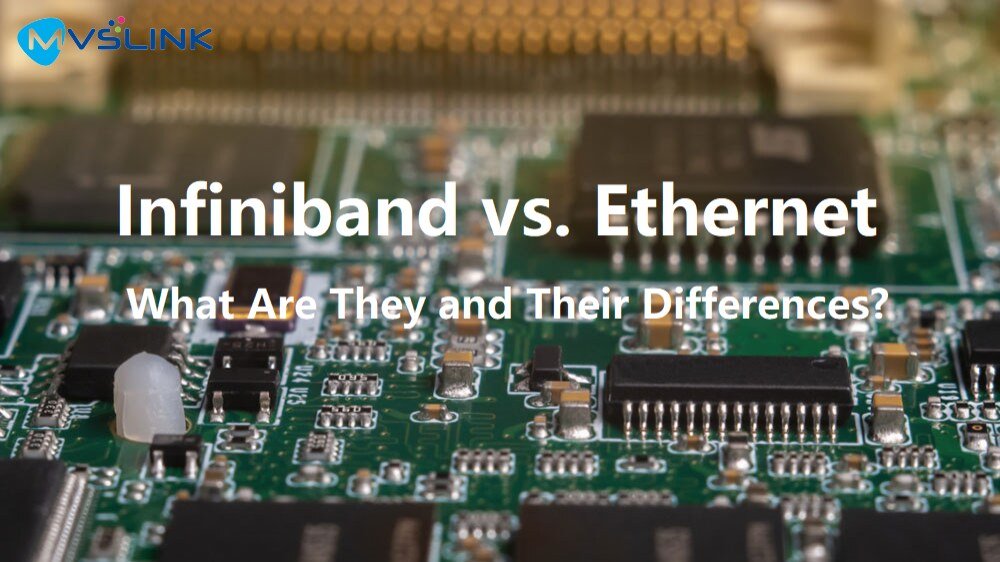
InfiniBand and Ethernet are both high-speed network interconnection technologies, which have their own characteristics and are constantly evolving in different application fields. Here’s what they are and how they differ. What is the InfiniBand Network InfiniBand is a high-speed network interconnection technology designed for high-performance computing (HPC), data centers, and more. InfiniBand is widely used in supercomputer clusters because of its high reliability, low latency, and high bandwidth, and it is also the preferred network interconnection technology for GPU servers. What is the Ethernet Network Ethernet is the most widely used LAN communication protocol. At the heart of Ethernet is the IEEE 802.3 standard, which has become a popular choice for […]
NVIDIA Spectrum-X Ethernet Arithmetic Knowledge Points
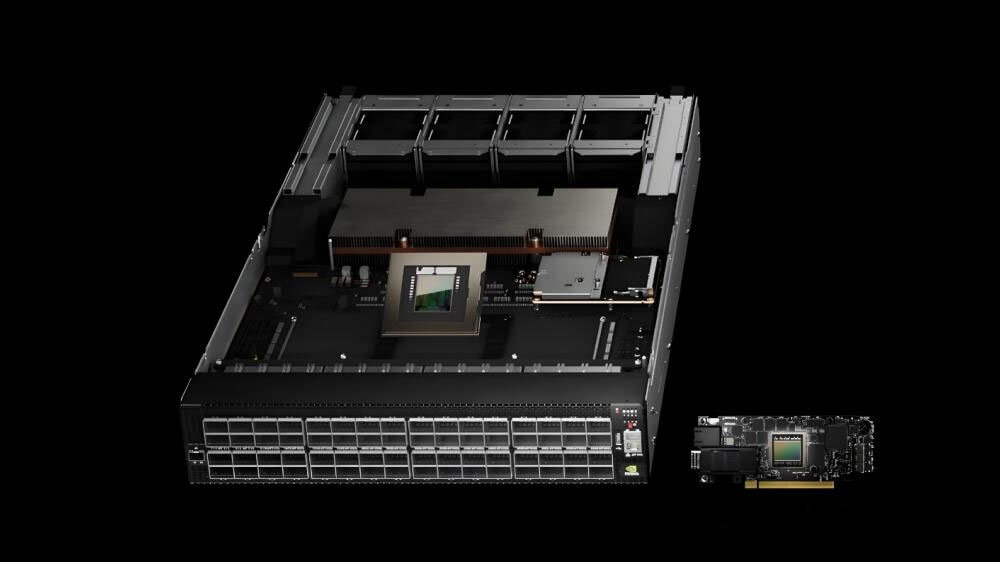
What is NVIDIA Spectrum X NVIDIA Spectrum-X Ethernet is NVIDIA’s Ethernet networking platform for AI. Spectrum-X delivers a 1.6x increase in generative AI networking performance over traditional Ethernet networking platforms. Equipped with NVIDIA Spectrum SN5600 Ethernet switches and NVIDIA BlueField®-3 SuperNICs, Spectrum-X is an end-to-end platform that combines the high performance and cloud capabilities required for a generative AI cloud. The platform maximizes bandwidth and noise isolation through dynamic routing and congestion control technologies, ensuring that each of the thousands of AI jobs of varying sizes running concurrently will perform as expected. The combination with NVIDIA BlueField-3 DPUs enables advanced multi-tenant clouds, GPU-elastic compute and zero-trust security, which allows cloud […]
DAC vs ACC: what are they and their differences

Many connection schemes can be used to switch networks and achieve high-speed connections in different scenarios. Include Optical Module + Fiber, Active Optical Cable (AOC) and Direct Attach Cable (DAC). Direct Attach Cable can be further classified into Active ACC, AEC, and Passive DAC. Below we will explore what DAC and ACC are and what are the differences between them. What is DAC? DAC (Direct Attach Cable) are primarily used for high-speed, short-distance connections, such as servers and GPU connecting to TOR switches It directly connects two devices through copper media and provides efficient and low-latency data transmission. What is ACC? ACC (Active Copper Cable) can transmit over distances 2-3 […]
10G Transceiver: SFP LR vs SR
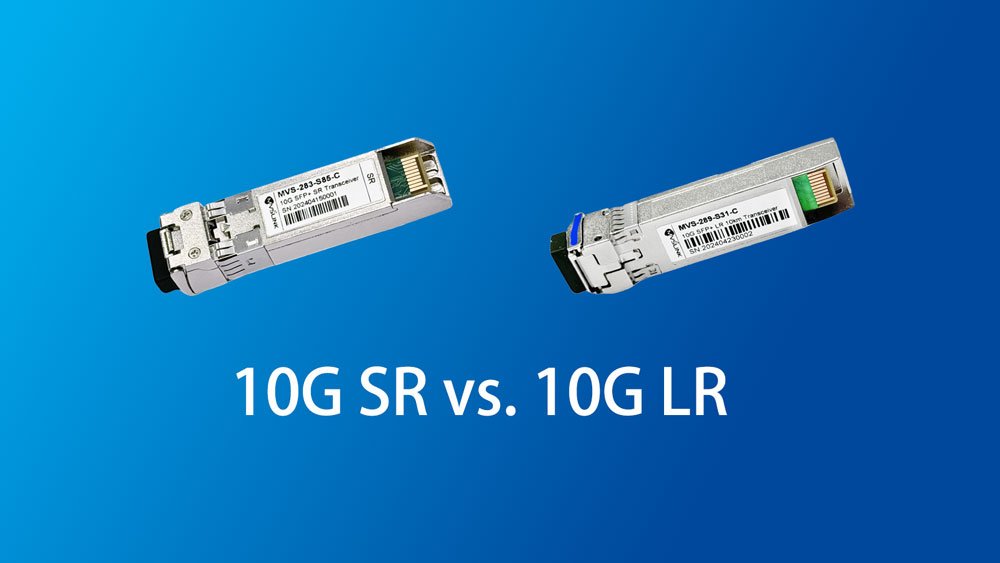
10g optical module is the most sold optical module on the market now. 10g optical modules are available in a wide range of models, of which 10G SR and 10G LR are the two most common. So what is the difference between 10g sr and 10g lr? When picking a 10G optical module how should you correctly select the right model? Today Mvslink will take you to find out sfp LR vs SR. Transmission Distance Sfp lr vs sr, first they have different transmission distances. To understand this, you first need to know the meaning of SR and LR. SR means Short Range, which means short distance. And LR means […]
Differences: sfp vs qsfp vs qsfpdd vs osfp
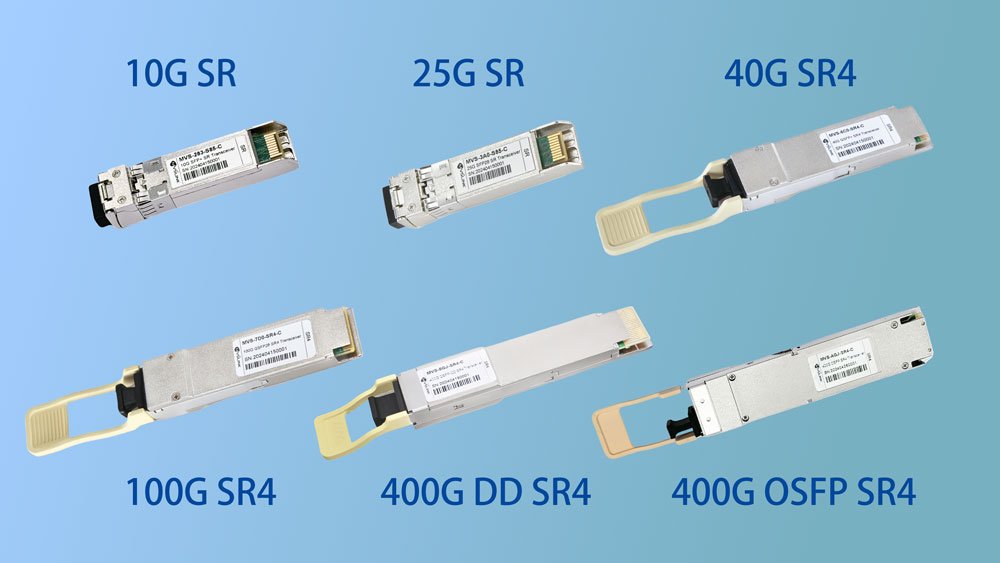
SFP+, SFP28, QSFP+, QSFP28, QSFP-DD vs OSFP are the different Form Factors of the Optical Transceiver Module, these Hot-Pullage Optical Modules are mainly used in Data Centers and Telecommunications to realize High-Speed Data Transmission. What are their differences? We will explore the main differences between these Optical Modules and help you choose the right one below this article. What are their differences? SFP+ vs QSFP+ Data Rate: SFP+ supports single-line data including 6G, 8G, and 10G, while QSFP+ can support 4 channels of data at 40Gbps(4x10Gbit/s). Fiber Type: SFP+ is an LC interface, while QSFP+ is an MPO interface, which can support the multi-channel transmission requirements and is connective with […]
Welcome New Member to the Mvslink Family!

Today is a special day, let’s warmly welcome new member to the Mvslink family! Sincerely hope that Zeki in the new working environment of innovation forward. Continuously pursue and promote the development of the company, so that to realize the goal of “win-win” for both individuals and enterprises! Zeki enterprise is a dynamic and hopeful group, you are facing a job full of challenges and opportunities. Here, we should jointly cherish the time before us to work together. There is warmth, passion, understanding, humor, and therefore full of confidence in life and career, of course we should so gradually grow. The company is to provide a platform for personal development, […]
A Simple Guide: How to Choose the Right Optical Module for You?
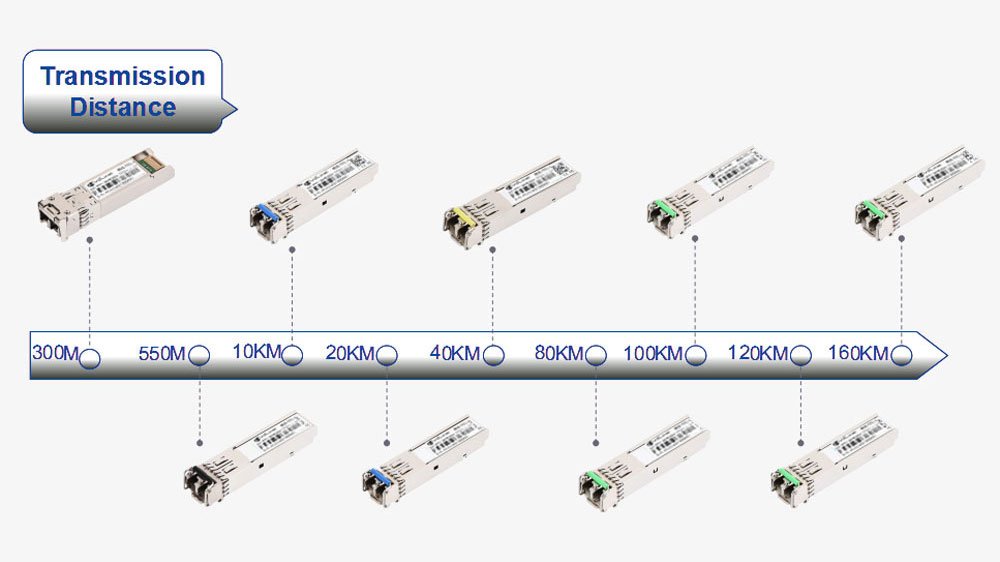
6 Tips on choosing the right optical transceiver Fiber optic modules are essential in today’s networks, and the advanced development of module technology will continue to meet future data demands. To help you choose the right Optical Module for your network, here are six key factors to review with a Module/network systems expert before making a final decision. These technical and operational considerations will help determine the correct Module for any network application: #1 Compatibility #2 Wavelength #3 Data Rate/Speeds #4 Fiber Type #5 Environmental Considerations #6 Transmission Distance Check on Compatibility Before purchasing Modules, it’s essential to know what type of network equipment they will be used with and […]

